
Hymenoptera
Hymenoptera
The hymeopterans are a highly successful taxa of animals, in part due to complex social behaviors.
Learning Objective: List representative species in Order Hymenoptera, including shared structures, social behaviors, and ecosystem roles.
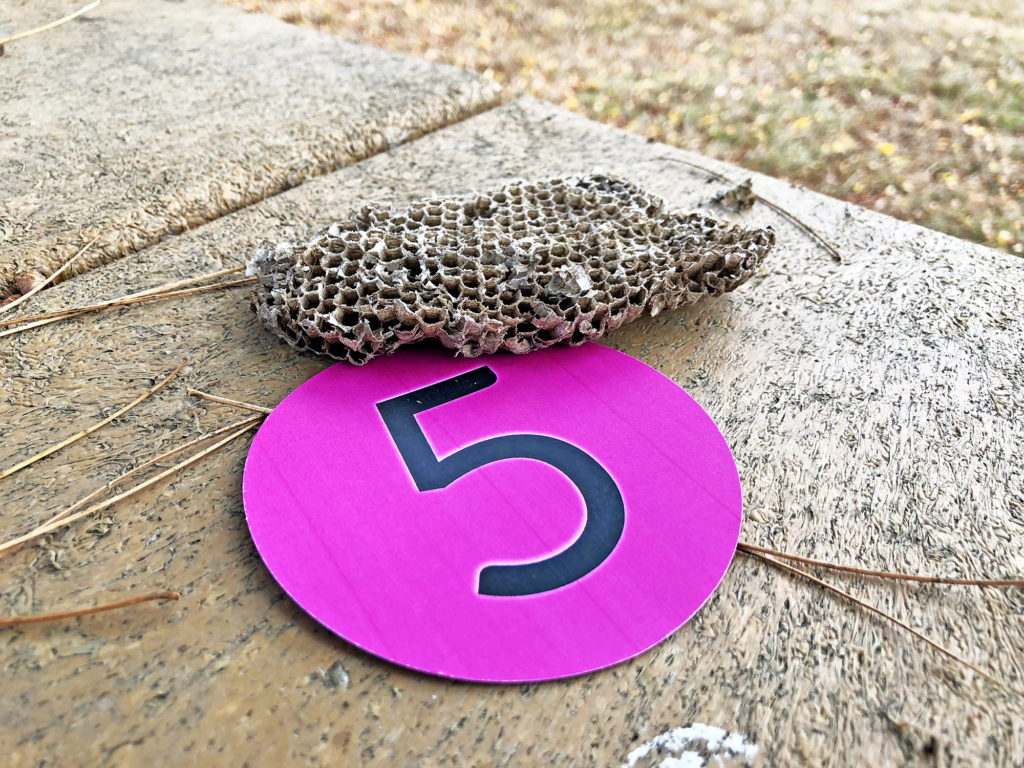
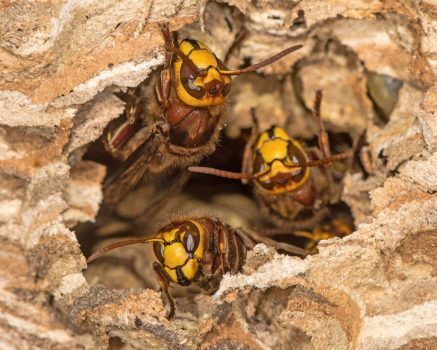
Our relationship with the ants, wasps, bees, and termites in Order Hymenoptera is often adversarial.
Most people know not to interact with these wasps. We are well aware of the possibility of getting stung, and also the damage some species can do to crops and structures.
It is easy to overlook the significance of these 15,000+ species.
We’ll start with a brief look at classification, to contextualize where the hymenopterans fit with other insects.
This video focuses on the Hymenoptera and their shared characteristics.
Watch this video; you can select the closed captioning “cc” option if you would like to see the text.
Some of the best stories about animals, including the hymenopteran, are found in highly illustrated “gift books.”
It includes the valuable roles ants can play in ecosystems, including spreading seeds and fertilizing soils.
Hymenopterans can build structures out of different materials, depending on the species.
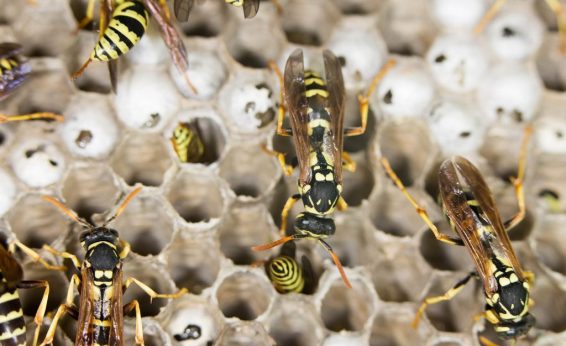
Wasps
Paper wasps can chew up leaves and stems to make a pulp building material they use to construct waterproof, strong, and lightweight structures.
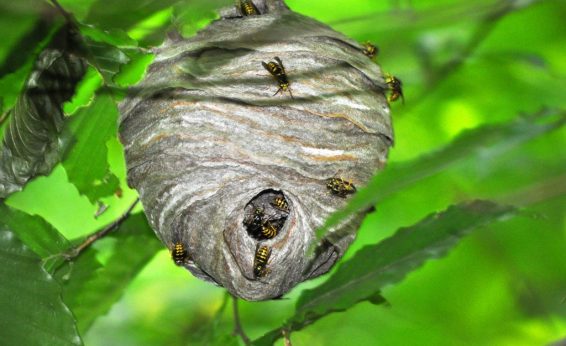
Hornets
These hornets also build a paper structure, but the inner cells are protected with layers of outer material so they do not need to be under cover.
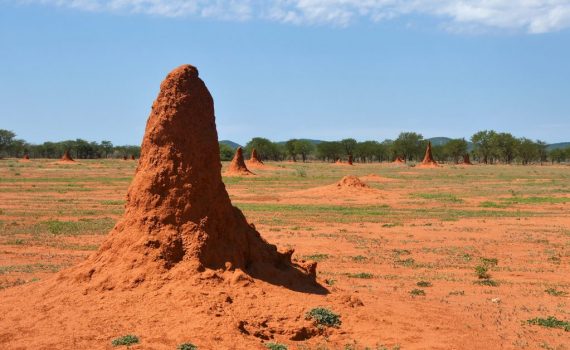
Termites that build large mounds use soil and many generations of labor. The mounds can outlive a colony, and in some cases new termites move in and rebuild a mound for their own use.
Some of the wasp species eat a wide variety of foods. These wasps are feeding on Asian pears that have fallen to the ground. This is one of the points where it’s worth reconsidering whether the video is worth the risk.
Here a related species is consuming a dead snake. These are often the wasps that will carry off your food when you are having a picnic and have the common name of “meat bees” (they’re not bees).
Lesley has her own adversarial relationship with this species of “yellowjacket” ground-dwelling wasp. It is easy to step on their entrances when walking off trail, and a single wasp can sting repeatedly. After being stung on three different days over a week’s time, Lesley developed an allergy to the venom. After being stung, it is probably a better idea to not try it again right away :).
Observing hymenopterans can reveal complex behaviors and more variety between species than may first be apparent.











